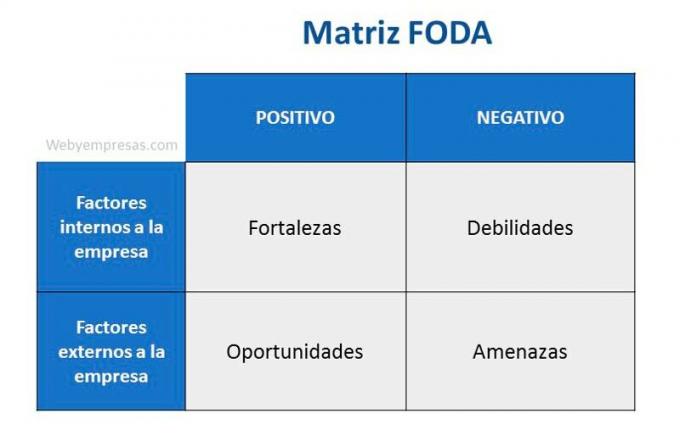The downsizing Business was initially a reaction to financial problems and disproportions in the organization's structure.
Currently companies perceive constant changes, due to high competitiveness and globalization, to face To these changes they must use a variety of tools that lead them to success and ensure their subsistence.
Advertisements
Technology guides a trend in industrial and business impulse, companies have learned to use the downsizing as a managerial tool for change, technological adjustment, globalization and business restructuring.
In this article you will find:
What is downsizing?
It is the redesign or reorganization of a company motivated to improve work systems, including the restructuring of the organization at all levels and adjustment in the number of workers to maintain operability and competitiveness in market.
Advertisements
The downsizing
In 2004 Cross and Travaglione defined downsizing as reducing the size and costs of an organization, making use of the redesign of its work processes.
Advertisements
This strategy of social and technological changes has become an important business phenomenon, with which it is intended to achieve a more flexible and lightweight company.
For this same reason, it was necessary to change the structure and methods for decision-making, seeking greater adaptation to all changes and speed of response and reaction. This leads to a decrease in management levels, elimination of non-essential areas and subcontracting to continue covering them only when necessary.
Advertisements
Goals to be achieved with Downsinzing
This is a careful strategy, since a chain of consequent actions will depend on it, as well as the productivity of the company. With the application of this tool, companies essentially seek:
- Its permanence in the market, getting up in adverse situations.
- Technological innovation.
- Decrease in personnel costs.
- Increase work performance.
- Consider and exclude any process, task, activity or area that does not add value.
- Reduce and simplify processes, making them simpler and more productive
Types of downsizing
Reactive downsizing
It is the business resizing that is carried out as a defensive response to eventualities adverse effects of the market, that is, it is about responding to change, without prior situation. Sometimes from this there are predictable problems, periods of crisis, malaise in the work environment and job reduction. Damages have negative economic implications, are often costly, and impair organizational efficiency.
Advertisements
Proactive downsizing
It is the resizing that is presented from within the company, it focuses on improving competitiveness. From this strategy results are achieved faster. It is an anticipated process and prepared for changes in the environment. It requires criteria for rethinking the organization at all levels.
- It is implemented according to certain studies that facilitate obtaining positive results.
- It is determined if the downsizing is directed towards the processes or towards the rectification of the objectives of the company.
- The conditions under which downsizing will take place are defined.
- The tools to be used are established.
- A plan for change is developed.
- The effects that will be caused are considered.
- The tasks or positions to be eliminated or redefined are determined.
Criticism of downsizing
This resizing of the organization, despite seeking for the company to grow, be stronger, more flexible and competitive and adapt more easily to fluctuations, it involves the dismissal of part of the workforce, the main reason why it has received strong criticism, between these:
- It is a strategy that must be studied very well, or else what will be obtained will be the opposite result.
- It generates job uncertainty, unhappy and unmotivated employees. There is a low morale of the employee who is preserved and remains in the company, which works only in order to receive a salary reward with which to cover his needs.
- Contributes to unemployment.
- It leads to the loss of social capital, due to the impairment of human talent.
- It makes the development and improvement of human resources difficult since hierarchical levels are frequently eliminated and replaced.
- Workers seek better opportunities, flee from imminent dismissal, so that the company sometimes loses valuable human resources, that is, it presents a talent drain.


